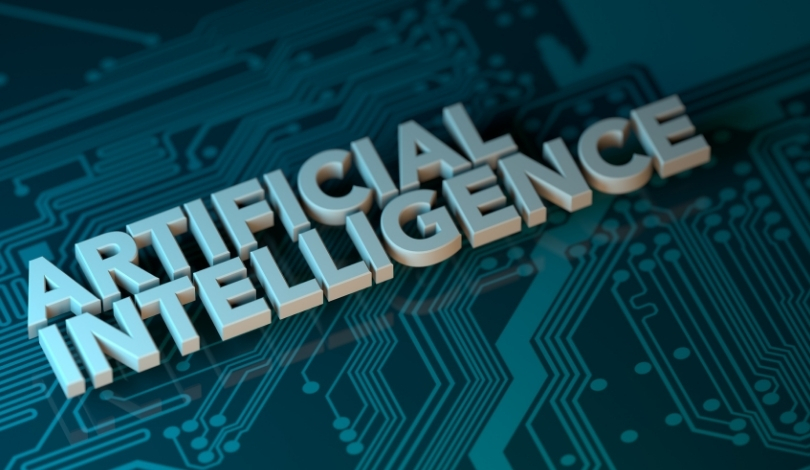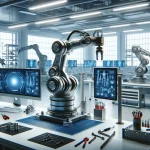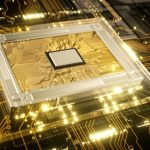Biomedical imaging continues to see advancements with the development of new technologies, as demonstrated in the recent article from IEEJ Transactions on Electrical and Electronic Engineering, titled “Transformer Connections: Improving Segmentation in Blurred Near‐Infrared Blood Vessel Image in Different Depth.” This study introduces the TRC‐Unet, a novel deep learning network leveraging the Vision Transformer model to enhance the clarity and accuracy of blood vessel imaging. By tackling the inherent blurring issues caused by light scattering in body tissues, this new approach aims to surpass current methodologies, showcasing its capabilities in various biomedical applications.
Near‐infrared (NIR) transillumination imaging is acknowledged for its effective and safe visualization of subcutaneous blood vessels, crucial for applications such as cancer detection and vein authentication. Despite its benefits, NIR imaging suffers from significant blurring due to light scattering. To address this, the TRC‐Unet combines global blurred and local clear correlations using multi‐layer attention, structured around two primary blocks that remap skip connection information flow and fuse different domain features.
Innovative Approach
The TRC‐Unet is designed to extract global blurred information from multiple layers and suppress scattering, enhancing the clarity of vessel features. This is achieved through transformer feature fusion, which reconciles the semantic feature maps of the convolutional neural network backbone with the adaptive self‐attention maps of TRCs. The long‐range dependencies characteristic of transformers play a significant role in the robustness of this technique, leading to competitive results across various data sets.
Extensive testing of the TRC‐Unet on data sets including retinal vessel segmentation, simulated blur image segmentation, and real NIR blood vessel image segmentation has demonstrated its effectiveness. Notably, the method shows considerable improvement in the segmentation results of both simulated blur image data sets and real NIR vessel images. The quantitative results from ablation studies and visualizations further substantiate the superiority of the TRC‐Unet design.
Past Advancements Compared
Comparative studies indicate that previous methods primarily relied on conventional convolutional neural networks (CNNs), which struggled with the extensive blurring in NIR images. These earlier approaches lacked the sophisticated attention mechanisms provided by transformers, resulting in less precise segmentations. The TRC‐Unet’s use of multi-layer attention and feature fusion represents a significant evolution from these earlier techniques.
Research in the past also focused on improving NIR imaging through hardware advancements rather than software. The introduction of deep learning models like the TRC‐Unet marks a shift towards leveraging computational algorithms to address imaging challenges. This evolution underscores the importance of integrating artificial intelligence in biomedical imaging to achieve higher fidelity in segmentation tasks.
The development of the TRC‐Unet highlights the potential of deep learning models in enhancing biomedical imaging. By incorporating long-range dependencies and multi-layer attention, the TRC‐Unet mitigates the blurring issues in NIR transillumination imaging, offering clearer and more reliable blood vessel visualizations. This advancement is particularly relevant for applications requiring high precision and detail, such as surgery and cancer detection. The results of this study emphasize the importance of continued research in deep learning applications for medical imaging, as these innovations can lead to more accurate diagnostic tools and improved patient outcomes.
- NIR imaging is effective for visualizing subcutaneous blood vessels.
- TRC‐Unet improves clarity by addressing light scattering and blurring.
- Long-range dependencies and feature fusion enhance segmentation results.










